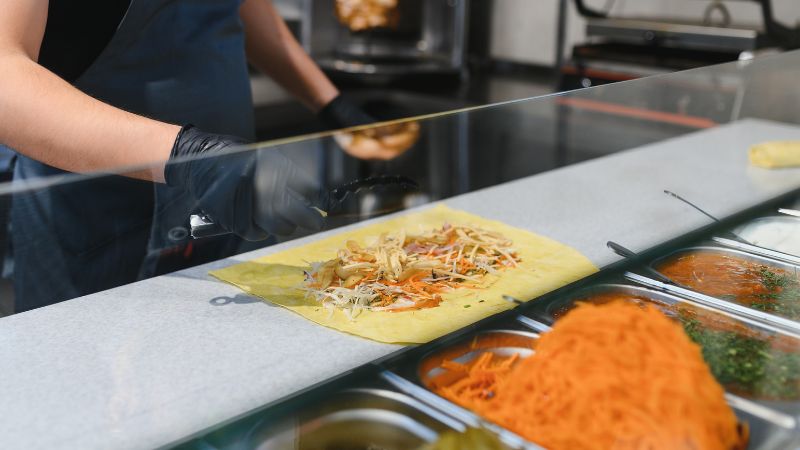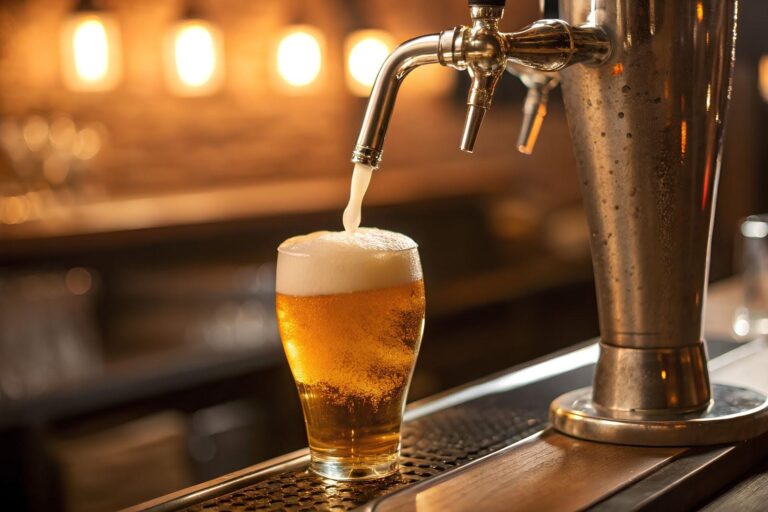Our #1 Tip For Reducing COGs In Your Restaurant

Running a restaurant is a juggling act. One minute you’re creating dishes your guests will rave about, the next you’re staring at invoices, wondering why your food costs keep creeping up. If that sounds familiar, you’re not alone.
At U-Nique Accounting, we’ve seen this play out in kitchens big and small. There are many ways to reduce the Cost of Goods for restaurants, from reducing waste and optimizing menus to negotiating with suppliers and training staff.
All those are sound tactics to reduce COGs. But if we had to pinpoint our #1 tip, it would have to be this:
Standardize your recipes and portions from the moment ingredients come in until they leave the kitchen on a plate.
Why This Simple Shift Makes A Huge Difference
When recipes and portions vary from one shift to the next, small overages add up fast. When a little extra protein here or an extra ladle of sauce there gets multiplied by hundreds of covers, it can quietly eat into your profit.
By locking in recipe cards, portion sizes, and yield tests, you know exactly what each dish costs, and you stop paying for food you never actually sell.
Standardized recipes let you calculate the edible yield of ingredients, set exact portion sizes, and then build menu prices and purchasing around real costs. That is where the biggest, most reliable savings come from.
How To Put It Into Practice
Pick your top-selling or highest-cost dishes and create a recipe card for each. Write down the ingredient weights (before and after prep), yield percentages, exact portion size and prep steps. Use scales, scoops and ladles to help your cooks stay consistent.
Do a quick yield test on proteins and produce. Weigh before trimming, prep as usual, weigh again, and note the usable portion. That gives you your real cost per usable unit, which is what you need for pricing and purchasing decisions.
Once you have your recipes and portions in place, train your team. Five minutes at the lineup each day to review portioning and waste tracking can work wonders. Keep a simple waste log to see where spoilage or overproduction is happening. It doesn’t have to be fancy; a clipboard or shared spreadsheet does the job.
Once you have your recipes and portions under control, a lot of other cost-cutting tactics become more effective. You can link your POS and inventory, so you can see food costs in near real time. You can also compare suppliers based on what you actually use, not just the invoice price.
What To Do Next?
You don’t have to overhaul your entire operation overnight, but if you’re looking to reduce your COGs, we suggest starting with our #1 tip. Even small changes, when done consistently, can shave several points off your food cost percentage, without changing the guest experience.
If your books are in order and your accounts are organized correctly, you’ll be able to see the impact of these changes quite quickly. The idea is to start somewhere and make tweaks along the way.
At U-Nique Accounting, we’re a team of accounting experts with years of experience working with restaurants and breweries. If you need more clarity in your monthly financial reports, then book a meeting with us below.
We’d love to help you lower your restaurant’s costs so you can focus on what you do best – delighting your guests.

By MATT CIANCIARULO



